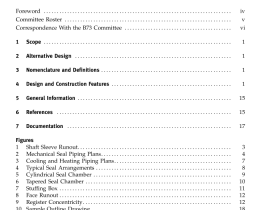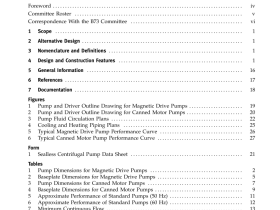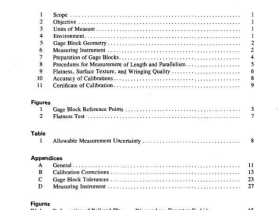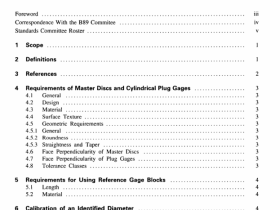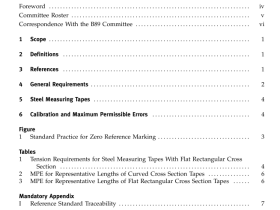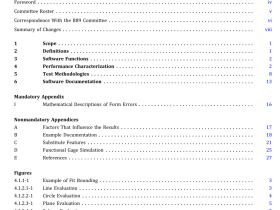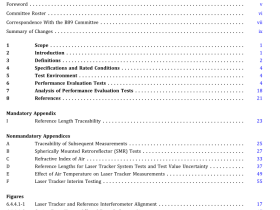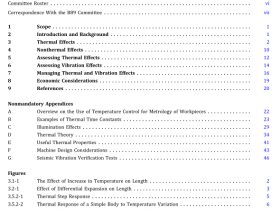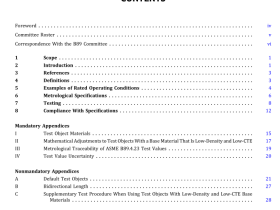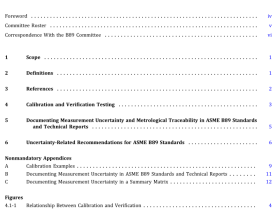ASME B107.54 pdf download
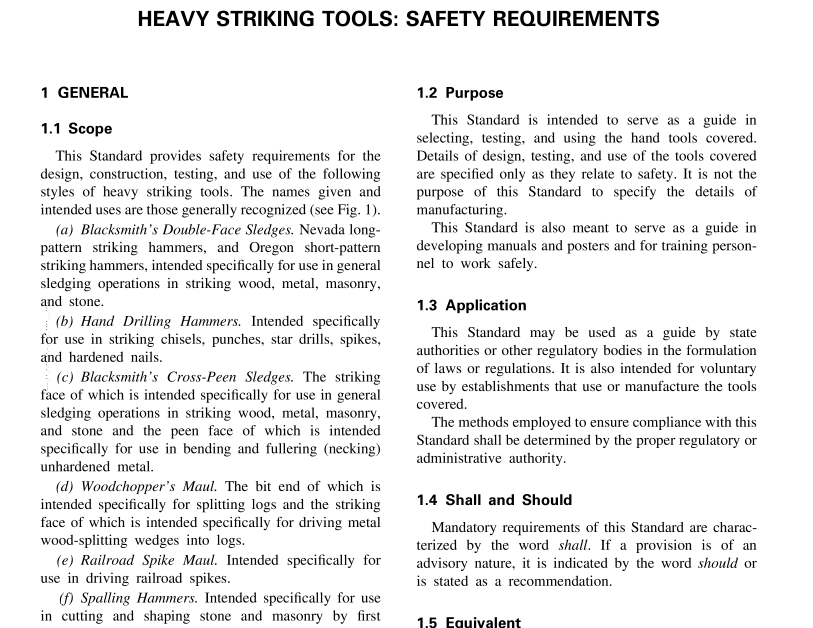
ASME B107.54 pdf download HEAVY STRIKING TOOLS: SAFETY REQUIREMENTS
1 GENERAL
1.1 Scope This Standard provides safety requirements for the design, construction, testing, and use of the following styles of heavy striking tools. The names given and intended uses are those generally recognized (see Fig. 1).
(a) Blacksmith’s Double-Face Sledges. Nevada long- pattern striking hammers, and Oregon short-pattern striking hammers, intended specifically for use in general sledging operations in striking wood, metal, masonry, and stone. (b) Hand Drilling Hammers. Intended specifically for use in striking chisels, punches, star drills, spikes, and hardened nails.
(c) Blacksmith’s Cross-Peen Sledges. The striking face of which is intended specifically for use in general sledging operations in striking wood, metal, masonry, and stone and the peen face of which is intended specifically for use in bending and fullering (necking) unhardened metal.
(d) Woodchopper’s Maul. The bit end of which is intended specifically for splitting logs and the striking face of which is intended specifically for driving metal wood-splitting wedges into logs.
(e) Railroad Spike Maul. Intended specifically for use in driving railroad spikes.
(f) Spalling Hammers. Intended specifically for use in cutting and shaping stone and masonry by first making a score line with the peen and then tapping away the unwanted stone or masonry with the striking face.
(g) Stone Sledge. The peen end of which is intended specifically for making score lines in stone and masonry and the striking face of which is intended specifically for use in breaking up stone and masonry.
(h) Bush Hammers. Intended specifically for use in roughing and chipping concrete.
(i) Boat Mauls. Intended specifically for use in driving wooden wedges and wooden pegs.
(j) Lineman’s or Farrier’s Turning Hammers. In- tended specifically for use by telephone and electric utility linemen or by farriers (blacksmiths) in forming and shaping horseshoes.
1 1.2 Purpose This Standard is intended to serve as a guide in selecting, testing, and using the hand tools covered. Details of design, testing, and use of the tools covered are specified only as they relate to safety. It is not the purpose of this Standard to specify the details of manufacturing. This Standard is also meant to serve as a guide in developing manuals and posters and for training person- nel to work safely.
1.3 Application This Standard may be used as a guide by state authorities or other regulatory bodies in the formulation of laws or regulations. It is also intended for voluntary use by establishments that use or manufacture the tools covered. The methods employed to ensure compliance with this Standard shall be determined by the proper regulatory or administrative authority.
1.4 Shall and Should Mandatory requirements of this Standard are charac- terized by the word shall. If a provision is of an advisory nature, it is indicated by the word should or is stated as a recommendation.
1.5 Equivalent The word equivalent in this Standard shall be interpre- ted to mean alternative designs or features that will provide an equal degree of safety.
2 NORMATIVE REFERENCES The following documents form a part of this Standard to the extent specified herein. At the time of publication, the editions indicated were valid. All standards are subject to revision, and parties to agreements based on this Standard are encouraged to investigate the possibil- ity of applying the most recent editions of the standards indicated below.
